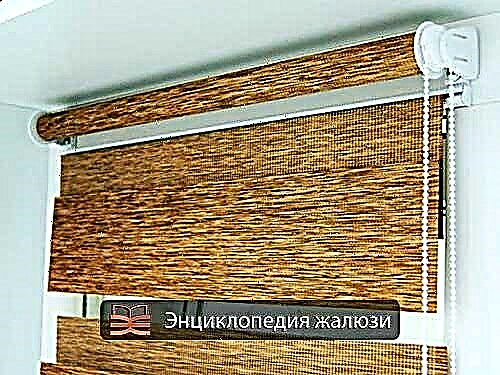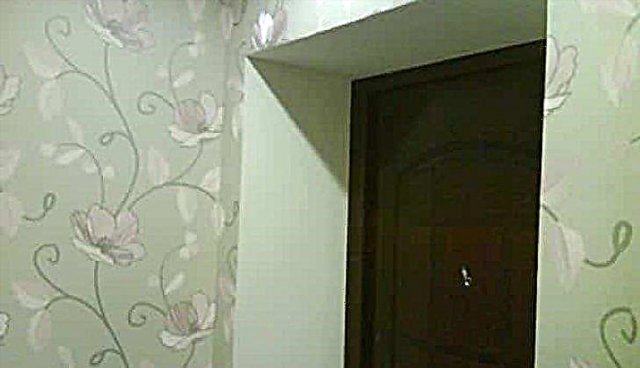
Each housewife wants to create a cozy atmosphere in the kitchen, but even the tastefully decorated decor of this room will no longer be perceived as comfortable due to the fat and soot settling in the cooking process. Therefore, it is not surprising that hoods have become an indispensable element of kitchen appliances.
A powerful and reliable hood will do the job of cleaning the air in the room, but many models can take up a lot of space in the interior of the kitchen.
Let's see what the principle of operation of such equipment is, and what options for flat hoods offer us modern manufacturers.
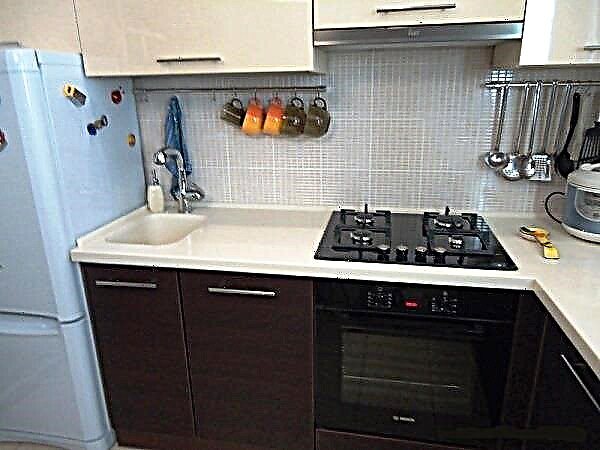
Features of work
It is not always possible to ensure quality ventilation of the kitchen, and modern hoods can take up a lot of space.
Hoods of a flat type attract customers precisely because of their compact and simple design. Such hoods do not have a chimney, do not take up much space under the kitchen ceiling, and can be attached to the lower base of wall cabinets of any size.
The use of flat hoods is recommended in small interiors. First of all, it is such a technique that will fit best in a limited spaceand secondly, often the power of small hoods is not enough to clean the air in a large room.
In small kitchens in Khrushchev, inexpensive hoods of a flat type will perfectly cope with their main task.
The operation of this hood will be carried out through recycling processes: the equipment will absorb dust, soot, smoke and harmful odors, due to one or several filters the air will be cleaned and returned to the kitchen. Unlike ventilation hoods, flat exhaust hoods do not need air vent: all processes will take place inside the equipment.

Usually, hoods of this type are equipped with carbon filters. The lower filtering panel is made of aluminum and other metals: it is easily removed and cleaned of impurities.
Internal filters are periodically replaced with new ones: on average, such filters can maintain cleanliness in the kitchen for 3 months.
The huge advantage of flat hoods is the possibility of independent regulation of power and speed. As a rule, such hoods have 3-4 modes. The average productivity of standard models is from 300 to 800 cubic meters per hour.
When choosing flat kitchen hoods, pay attention to their weaknesses. Firstly, when operating at high power this technique can be overly noisy. Secondly, in case of untimely replacement of the internal filters, all the fat and moisture accumulated by such equipment will go back to the room.
If you do not want to throw money away - check all the technological features of the operation of such equipment in a timely manner (they are registered in the data sheet), and also make sure that the exhaust power is sufficient to clean the air in your kitchen.
On how to choose the right flat hood, we will tell further.
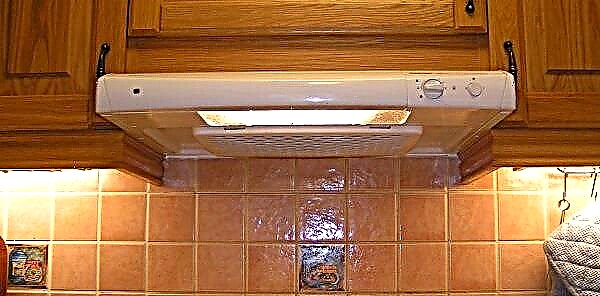
How to choose a model
Although flat type hoods are quite compact and ergonomic, during installation it is extremely important to comply with their parameters to the dimensions of the furniture or hob.
The standard sizes of such hoods are from 40 to 60 cm: accordingly, in the presence of a large plate, you will have to choose a larger or higher model.
Many people prefer to integrate hoods into a ready-made mounted headset. So that the design of such a kitchen looks harmonious, order furniture, focusing on the parameters of the purchased equipment: It is desirable that the bottom area of the wall cabinet and the integrated hood match.
Please note that to select a reliable hood model it is necessary to calculate not only the area of the cabinet or hob, but also the footage of the entire kitchen. A hood with an average capacity is suitable for a kitchen with an area of not more than 10 square meters. If the interior of your kitchen is more spacious, you will have to install a model with high power, for example, at 800 m3 / h.

It is possible to calculate the optimal power indicators for a flat type hood, focusing on the generally accepted formula: according to the requirements of the sanitary and epidemiological station, the performance of such a technique should correspond to the room volume indicators multiplied by 12 and 1.3.
For example, if you have a kitchen with a ceiling height of 3 meters and an area of 10 square meters, you will have to purchase an extractor fan with a minimum capacity of 3x10x10,3x12 = 468 cubic meters per hour. If you smoke in such a room, increase the result by one and a half to two times.
When choosing the right model pay attention to the hood control features: You can adjust the power using the push-button or touch mechanisms, as well as remotely using the remote control. The latter option is preferable in rooms with large sizes: to change the operation mode of the hood, turn on and off the equipment you do not have to move around the kitchen.
Many flat hoods have built-in lighting. If the working area of your kitchen is not lit, the hoods will be enough to ensure comfortable cooking on the stove.
The need for additional illumination will not disappear even if you attach the hood over the island structure: in this case you will have to carefully consider with what materials the hood will be held at the right level under the ceiling.

Install a flat hood
Most often, manufacturers produce fireplace flat hoods that require fixing to the wall. How to install a flat hood?
This process includes several features:
- Decide where exactly will the installation be carried out hoods. The hood can be hung under a wall cabinet or secured in free space.
- If the space above the hood is closed, make sure there are special openings that allow cleaned air. Otherwise, the equipment will vibrate and make noise, and the furniture located on top will lose its appearance over time.
- If your flat model hood has an air duct - hide it in a wall cabinet, preparing holes necessary sizes, as well as providing free access to the ventilation shaft.
- Hoods without an air duct are enough to fix at the desired level. This technique is initially equipped with fastening mechanisms: you just have to transfer the marks to the surface of the walls, observing the specified distance.
- Holes are drilled into the wall with a drill, in which dowels are clogged and canopies are attached. Using a screwdriver or a screwdriver, tighten the screws in the wall - and fix the exhaust device.
- When the hood is installed, check that the fasteners are secure.. After installation is complete, the exhaust device can be connected to the network.
As you can see, the installation of a flat hood can be carried out without the help of specialists. Thanks to the small size and ease of attachment, you can cope with this task in about half an hour.

Design and pricing
Most flat type hoods look the same: it is either a flat retractable surface, or a curved-shaped technique. But modern manufacturers are increasingly surprising us with new models of hoods with a more refined design: today there are on sale hoods with smooth, rounded shapes, complemented by elements of glass, wood and other materials.
The technological style of flat hoods allows you to use such equipment in any modern design. For old directions, like classics or Provence, dome models are more suitable, but flat hoods, due to their inconspicuous nature, will harmoniously fit into such a design.
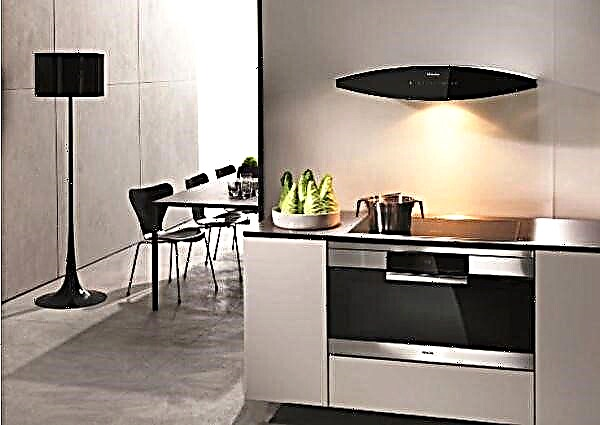
Quality hoods with a modern design from well-known manufacturers will cost more than little-known models of this technique.
Elikor flat hoods will cost from 2 thousand rubles. The minimum cost of models from the manufacturer Hansa and Gorenje is approximately 3-3.5 thousand rubles. Hephaestus flat-drawing hoods will cost about 3 thousand, Indesit hoods - more than 4 thousand rubles, depending on power and size.
Thanks to a large selection, each of you will be able to choose a compact model of a flat hood for your kitchen, which will not only complement the finished design, but will also maintain the desired microclimate in the room.
Laconic design and low cost are the main reasons for the popularity of such equipment.
Visor hood
- the name of these hoods comes from the fact that they have a flat body that resembles a visor. At the same time, an own air duct is usually not provided for in the design of such a device - there is only an opening to which an exhaust pipe or hose is connected. Due to this, hoods are compact, inexpensive and at the same time quite functional, this option is very popular among budget models designed for relatively small kitchens of city apartments. However, there are more expensive solutions with an air duct - they remotely resemble T-shaped hoods, but they are cheaper.
One of the most popular ways to install a hood hood is to integrate it into a hanging cabinet (see “Mounting Type”). However, a wall mount is also possible. Speaking about the installation in a cabinet, it is worth noting that such an installation is easier than with fully built-in models, and the term “embedding” is rather arbitrary. Often the hood is entirely located under the cabinet, and only the duct is passed through the cabinet, and if the device is planned to be used only in recirculation mode, the duct is not required at all.
Device and installation
This type of air purification technique can have various names:
- traditional range hood
- standard system
- hinged structure
- suspension system
- flat hood.
It is not surprising that ordinary consumers are sometimes lost in these obscure terms. It's easy to get confused and decide that these are all different types of devices. However, all these terms hide the same thing. Its original name - flat - hood has earned thanks to ergonomic fit corps. Most of all, this system is like an ordinary stove, which is mounted on a wall parallel to the plane of the hob. It is for the installation method, this hood is also called "mounted".
The installation of such a device in the kitchen does not require specialized duct systems. It may not be connected to the general ventilation of the house. You won’t have to think long about how to solve the problem of air exhaust. To get started, it will be enough to choose the most suitable place on the wall. Using conventional fastening anchors, dowels or screws, secure the hood and connect it to the mains. Everything, from this moment you can safely use the device.
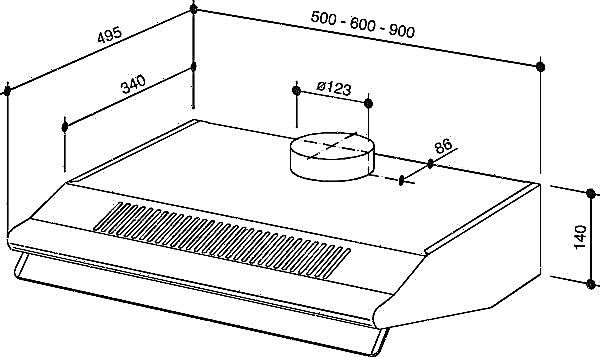
Principle of operation
The basic principle of operation of flat hoods is based on the use of an air purification system through a complex filtering structure - this is called recirculation. Depending on the model range, it can be either a single-stage scheme of acrylic filters, or a complex two-stage air cleaning system.
At the first stage, coarse impurities of soot, particles of fat and child are removed from the air that has entered the internal space of the hood. This task is performed by so-called grease filters, in other words, coarse cleaning system. They are disposable, in this case they replace their used parts with new ones or permanent ones. Reusable filters made of a metal alloy are easy to clean, and after washing with ordinary water they are again able to successfully perform their functions.
Experts recommend using the second option, since it is more practical and cost-effective.
The next stage of air cleaning goes through thin filters. They are only disposable, and after a certain period of work require a mandatory replacement. This stage is designed to remove pungent odors and particles from the air that have penetrated the first filtration scheme. Most often, thin cleaners are made in the form of carbon filters. This substance has excellent absorbent properties, therefore, it performs the function of the base element in a fine filter in the best way.
The operating time of the fine-cleaning system depends on the load attributed to it.
After passing through all stages of cleaning, the air enters back into the room, already completely devoid of foreign impurities. Thus, the atmosphere of the kitchen again becomes pleasant for people.
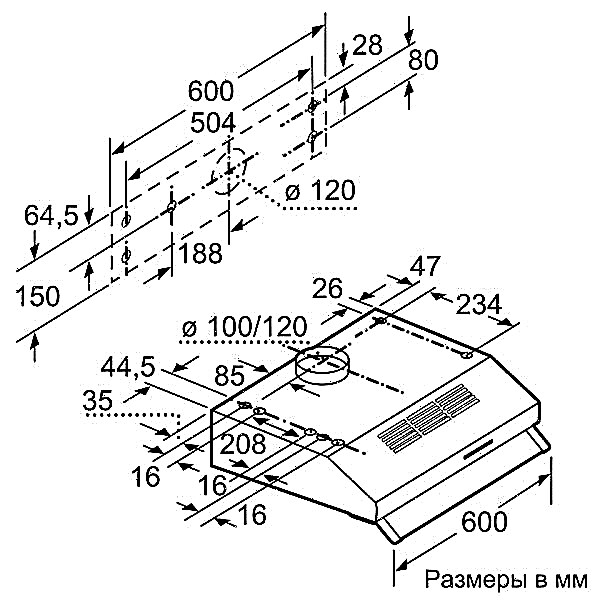
Device advantages
A flat hood for the kitchen has a wide range of advantages, which is why it has gained well-deserved popularity among buyers.
- This is a great solution for people who do not have the opportunity to connect the hood to the ventilation duct of the house. The reasons for this may be the deterioration of the ventilation channel, low ceilings that do not allow to stretch a good duct, the limited space of the room into which it is simply impossible to place the dimensional domes of the exhaust exhaust systems and many pipes.
- The flat hood has the undeniable advantage of an ergonomic body. Such a system takes up very little space, and can even be installed under a hanging cabinet. But remember, the outlet of the duct must have enough space to return the purified gas. Otherwise, the device will make an unpleasant noise and create vibrations. Furniture that will fall under the air stream will eventually become unusable, and the hood may be damaged. You can avoid all this by correctly calculating the most successful installation site.
- Modern devices have a flat drawer for hoods, which makes the whole structure particularly attractive and futuristic. You can choose a device with a metal, glass or case made of decorative plastic. The device fits favorably into the interior of the kitchen, giving it a concise and technological look.
- The most important issue for the buyer is always the question of price. No matter how beautiful and functional the device is, an inflated price tag can scare consumers away. But in this regard, a flat hood is a sure competition to peers, having quite attractive value. In individual stores, you can choose a good hood with a cost of not more than one and a half thousand rubles. More technically sophisticated devices will cost much more. Intelligent management, high-tech appearance and many additional features - all this, of course, will affect the price. However, the average cost of flat devices will always be much cheaper than competitors.
- An additional plus to the piggy bank of a flat hood will be its natural ability not to impede ventilation of the room. Leaving the hole in the standard air duct free, it does not impede gas circulation. The use of a flat hood does not affect the temperature in the kitchen. The device does not require additional cooling in the summer or heating in the winter. This factor is very important, as it seriously saves electricity, and hence the finances of the owner.

Cons of the system
The negative sides of this type of hood can be attributed quite weak motor. With a small casing, it simply cannot be equipped with a high-performance motor. This fact makes a flat range hood useless for large rooms. But this in no way applies to small kitchens with an area of eight to nine square meters. For them, the small size of the device will be a plus, because a flat hood is less noisy, and consumes less energy than an example.
Also, a negative point for many buyers will be the mandatory replacement of thin filters. This inevitable expense item can be a pretty big minus in the eyes of the consumer, but there’s no getting around it.
There is a common belief that a flat hood has long been outdated. However, purchase statistics indicate the opposite. People are happy to take these compact, unpretentious and economical devices that combine reliable quality and attractive cost.
Device features
Flat hoods operate on the principle of air recirculation. In the process of cooking, air saturated with fats and steam is cleaned inside the equipment using various filters and returned to the room already clean and fresh. Thanks to this cleaning process, the air duct is not required - all processes take place inside the hood structure.

Air purification occurs due to the operation of special filters. Depending on the number of these filters, a single-stage cleaning system is distinguished, usually due to the operation of simple acrylic filters. Today, models with a two-stage cleaning system are increasingly being produced. Consider this process in more detail.

At the first stage, contaminated kitchen air is cleaned from grease with coarse filters. They are both coal, requiring replacement every 3-4 months, and reusable, represented by various alloys. A reusable dirty filter can be washed under running water or in the dishwasher. Such a filter is considered more profitable from an economic point of view.
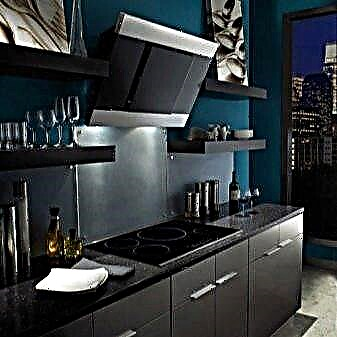

After cleaning from fat, the air is treated with a fine filter in the second stage. Here, smaller particles passing through the first filter are removed from the air. Carbon filters are used as cleaners.

After a two-stage cleaning system, fresh air returns to the kitchen.
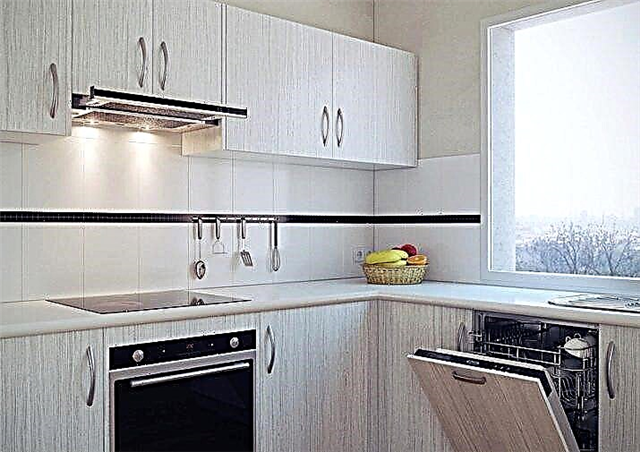
Which size to choose
When choosing a flat hood, you need to focus on the dimensions of your stove. Dimensions of the hood are selected according to the size of the hob. It is desirable that the hood was slightly larger than the size of the stove. Based on this, flat hoods of standard sizes 50 cm and 60 cm are distinguished. If, for any reason, the hood sizes are not enough, you can consider retractable models with the possibility of increasing the length of the hood.

Another important condition when choosing a flat hood is its ability to be installed in the kitchen. Therefore, many manufacturers offer kitchen models already with a built-in hood. Also, you can well get the hood of the right size for the parameters of the kitchen cabinet yourself at the stage of manufacturing your headset.

Power
For hoods, such an indicator as its performance is very important. To calculate the power of flat hoods, the following generally accepted formula is used: the volume of the kitchen is multiplied by 12 and by a factor of 1.3. The result is the number of cubic meters per hour of the required capacity for your room. For example, with a standard height of ceilings in the kitchen of 2.5 meters and its area of 10 square meters, we get 2.5x10x12x1.3 = 390 cubic meters per hour.

An indicator such as hood performance is very important for a kitchen-living room or a kitchen without a door, where odors are likely to spread rapidly. If you will smoke in the kitchen, it is advisable to choose models of hoods with a productivity higher than twice the area calculated for a particular room.

Design features
The compactness of flat hoods and their ability to fit into almost any interior make such hoods a good buy. Basically, these models are not distinguished by originality of design, representing a retractable surface equipped with a light sensor.
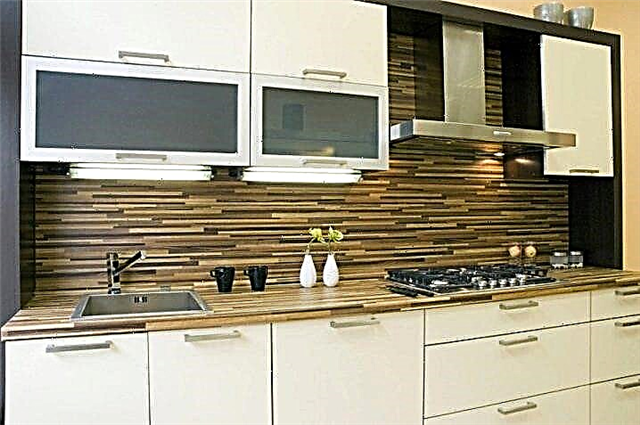
The main colors of flat hoods are white, gray, black, shiny or matte models. Depending on the main color of household appliances, the hood of the desired shade is also selected.

Manufacturers offer more modern models with elements of glass, wood, other metal in the decor, as well as flat hoods of curved, irregular shape. Thanks to the classic color scheme and variation in performance, you can choose the option for any style of kitchen.
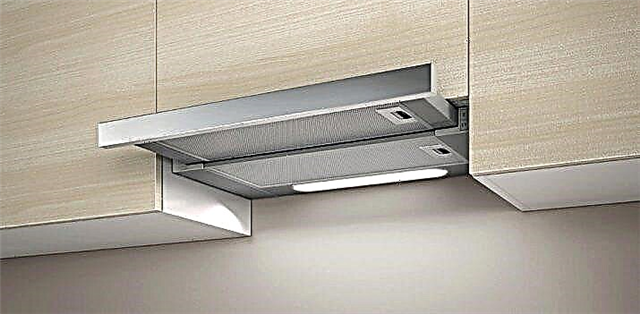
Type of control
By type of control, flat hoods are divided into push-button, touch-sensitive and with remote control. The type of control does not affect the performance of the hood, but it’s completely usable.
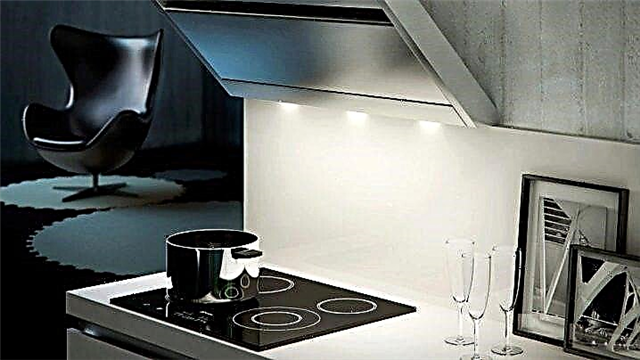
If you have to cook for a large family and as a result of this you often have to use the hood, give preference to touch models that work from the warmth of the hands and light touch. Push-button models may get contaminated if flour or any other products get in your hands and sink as a result. In this case, just wipe the touch panel with a damp cloth.

Advantages and disadvantages
The main advantage of flat hoods is their use without being connected to the ventilation duct. It is very convenient for kitchens with low ceilings or rooms of a small area where there is no way to lay an air duct. To fasten such a hood does not require special skills, its installation is quite simple.

Flat hoods are ideal for a small kitchen - they do not imply the use of a large space for placement, it is enough to mount under the kitchen cabinet.

Modern concise and practical design solutions in the design of such hoods will find application in the interior of any kitchen.
Another important criterion for choosing this model is its cost. The price of flat hoods is very affordable compared to dome models. Any family can afford this option. And finally, flat hoods work without the use of ventilation, while maintaining a constant temperature regime of the room.
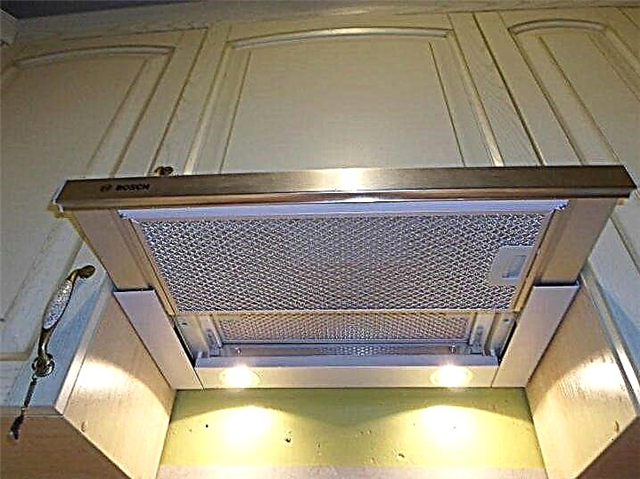
The disadvantages of flat hoods include their insufficient power for air purification in large areas. Indeed, it is difficult to place a powerful motor in a small design. But for our typical kitchens up to 10 square meters, this capacity is enough.
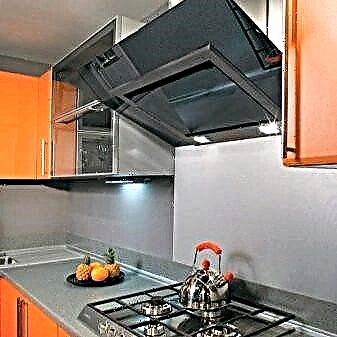

The most important drawback in the use of such hoods is the periodic replacement of filters, which makes their operation not very convenient.

The low noise of such a hood is also considered a minus. But still, the great purchasing power of such a device indicates the popularity of flat hoods.
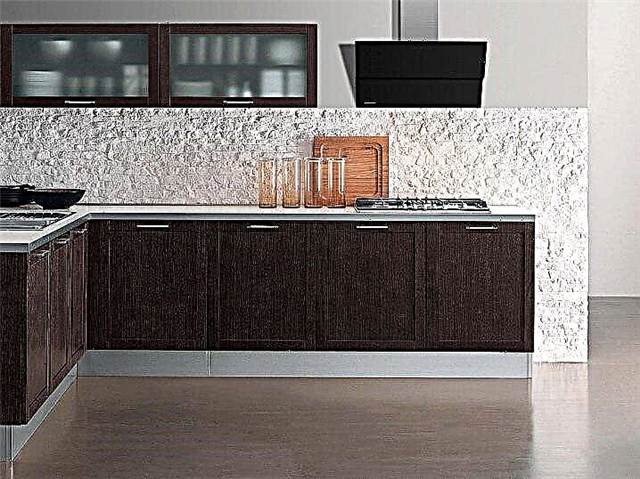
How to install?
If you opted for a flat hood for the kitchen, installing it will not be difficult, and it won’t take much time.

The main rule is to install any hood at a distance of at least 70 cm from the hob; when installing the hood over a gas stove, this distance must be increased to 80 cm.

First of all, you need to decide on the place for fastening the flat hood - on the wall or under the kitchen cabinet.
Next, you should carefully evaluate the space above the hood - you will need openings for air outlet. Make sure that the equipment does not fit snugly against the furniture, otherwise the hood will make noise and vibrate, and the headset will quickly lose its appearance. If you are installing a flat model with an air duct, hide it in a cabinet. A model without an air duct is installed using the mounting mechanisms included in the kit.

We make holes on the wall, insert dowels into them and fix the awnings. Tightening the screws in the wall, install the hood. At the final stage, we check the reliability of the fasteners. Installation is complete.
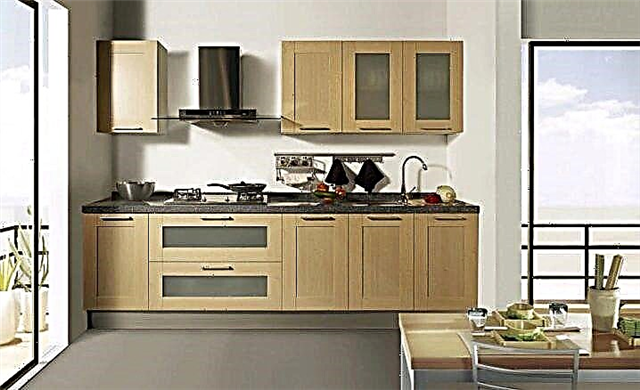
Thus, flat hoods today are an excellent economical option for a good model, which is compact, decent performance and ease of installation.


